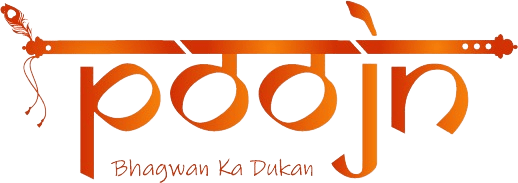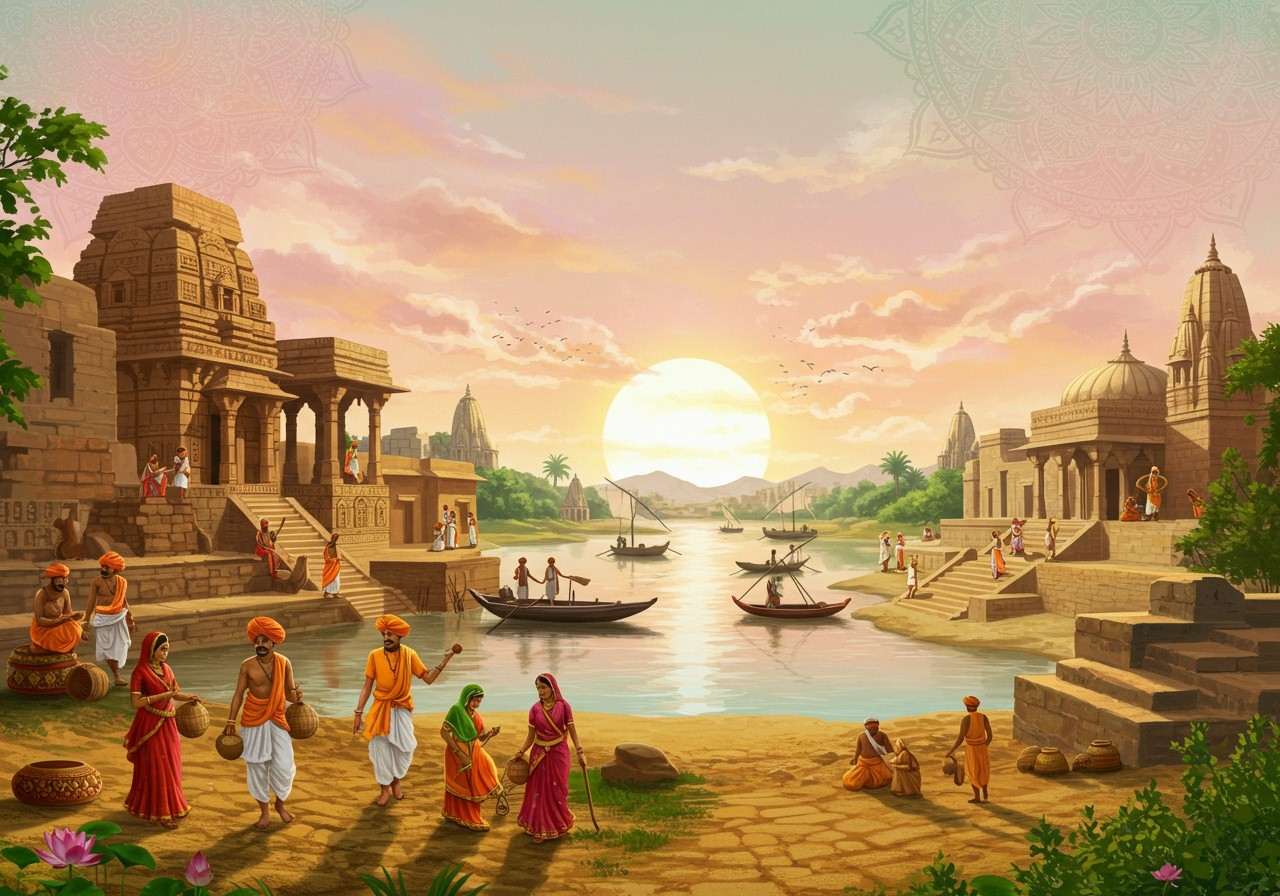
Humare Gujarat ki baat hi kuch aur hai, hai na? From the vibrant colours of Navratri to the delicious taste of Dhokla, our culture is rich and full of life. But have you ever stopped to wonder where it all comes from? The story of Gujarat isn’t just a few centuries old; its roots go back thousands of years, to some of the world’s most ancient civilizations. Let’s take a beautiful journey back in time, to explore the untold history that shaped the very soul of our land.
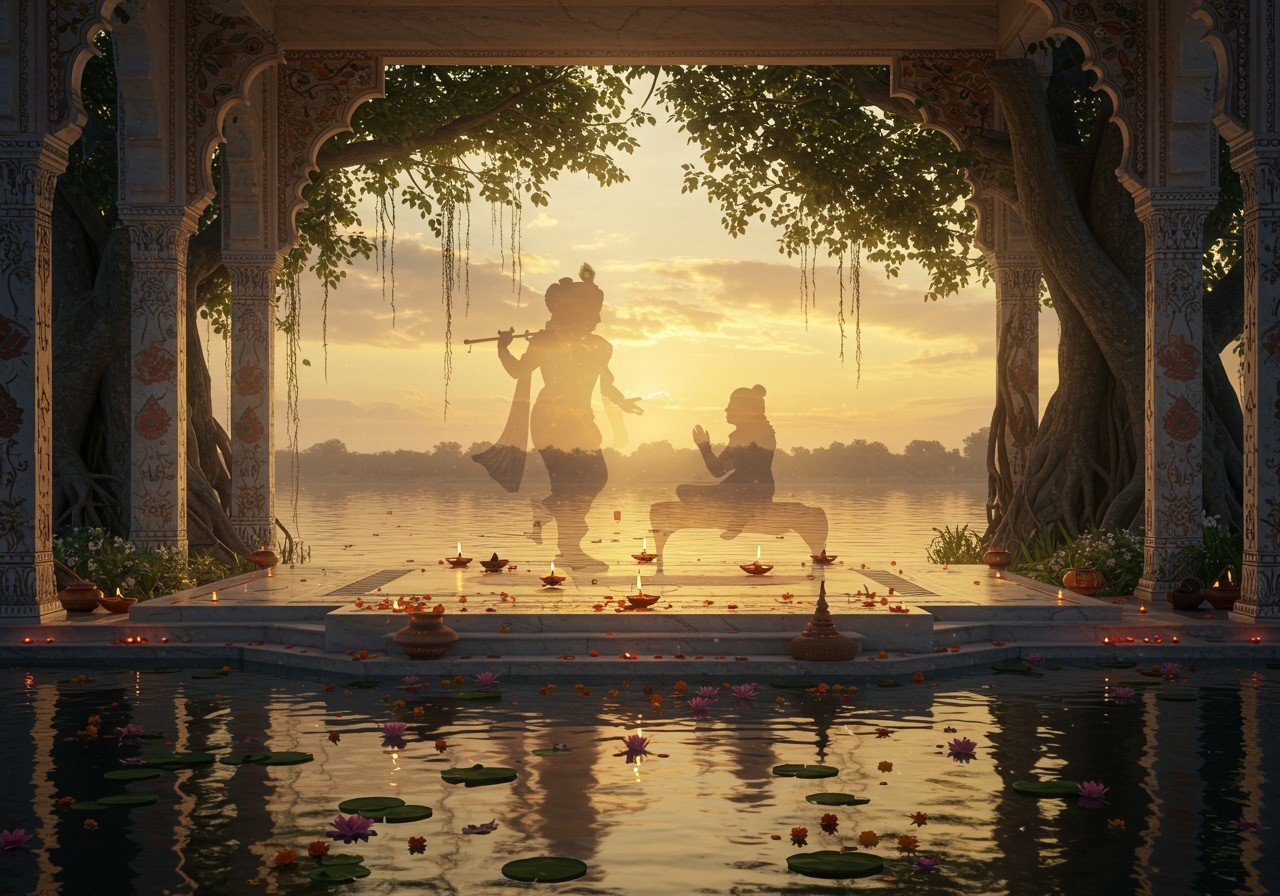
The First Footprints: Where It All Began
Long before maps were drawn, life was flourishing on the banks of the Sabarmati and Mahi rivers. This land was a cradle for one of the most remarkable chapters in human history: the Indus Valley Civilization. Gujarat was a major hub for this advanced society, and we can still see the magnificent remains of its cities today.
One might wonder what we can learn from a city as old as Dholavira. Well, this city teaches us about incredible urban planning and, most importantly, a genius water management system with reservoirs and channels. It shows how our ancestors lived in harmony with nature, a lesson that is more important today than ever before. Many unique artifacts, from intricate seals to beautiful pottery and jewellery, have been found here. These small treasures give us a heartfelt glimpse into the daily lives, art, and beliefs of the people who walked this land thousands of years ago. These traditions of craftsmanship continue, and you can find beautiful, earthy clay items that carry a whisper of that ancient artistry.
And then there’s Lothal. Why is Lothal so special in Gujarat’s history? Because it was home to one of the world’s earliest known ports! Imagine a bustling dockyard, connecting our ancestors to faraway lands like Mesopotamia and Egypt. This wasn’t just a city; it was a gateway to the world, a symbol of our ancient legacy in global trade and engineering.
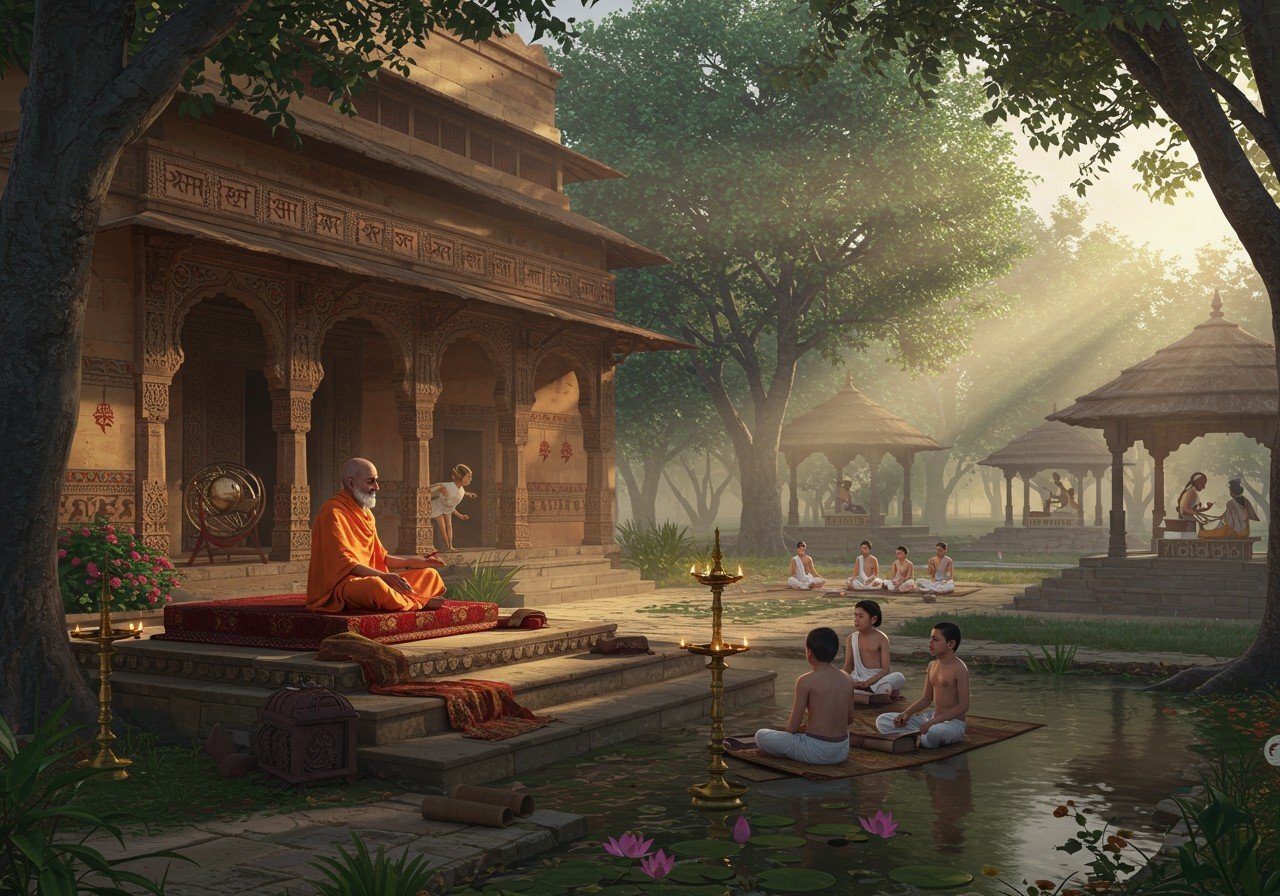
The Age of Empires and Dharma
As time moved on, Gujarat became a part of great empires that shaped India. During the 3rd century BCE, the Mauryan dynasty under the great Emperor Ashoka brought its influence. It was a time when the peaceful teachings of Buddhism spread across the land, and stupas were built, becoming centres of spirituality.
This period shows just how significant religion and spirituality were in ancient Gujarat. Following the Mauryans, dynasties like the Guptas, Shakas, and Maitrakas ruled. During the Gupta Empire, often called the “Golden Age,” Gujarat saw a great flourishing of art, literature, and science. The Maitraka dynasty even turned Valabhipura into a renowned centre for Buddhist, Vedic, and Jain learning. This deep-rooted connection to faith and knowledge has always been a part of our identity. This tradition of seeking wisdom continues, and for those who wish to delve deeper into our spiritual texts, a collection of holy books can be a wonderful guide.
A Flourishing of Art and Grandeur: The Solanki Dynasty
The era of the Solanki dynasty was a true cultural renaissance for Gujarat. This was a time of immense creativity and devotion, which can still be seen in the breathtaking architecture they left behind. Think of the magnificent Sun Temple at Modhera or the intricately carved Rani ki Vav stepwell. These are not just structures; they are epic poems written in stone, celebrating our rich heritage. The Solanki rulers were great patrons of the arts, and under their reign, Gujarat became a vibrant hub of learning, culture, and prosperity, with Jainism also adding its beautiful philosophy to the region’s cultural fabric.
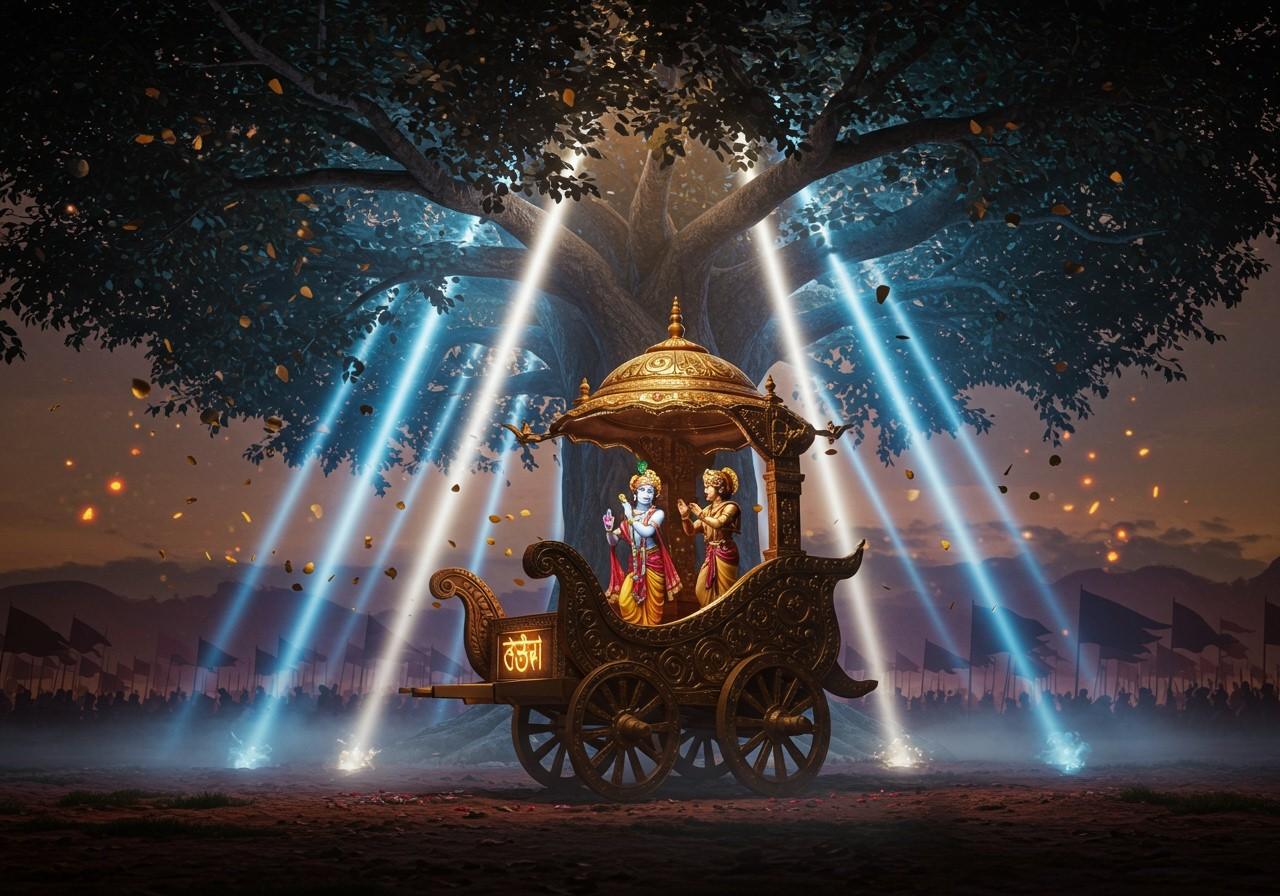
A Melting Pot of Traditions
Gujarat’s long coastline has always been an open door to the world, inviting traders, travellers, and new ideas. This openness greatly influenced trade and culture. The region was a key player in the Indian Ocean trade network, connecting us to the Middle East, Africa, and Southeast Asia. Spices, beautiful textiles, and precious stones were traded, bringing prosperity to the land.
With the arrival of the Delhi Sultanate and later the Gujarat Sultanate, a beautiful blend of Hindu and Islamic traditions began. This fusion can be seen in the stunning Indo-Islamic architecture of mosques and forts. This era created a unique cultural mix that is visible in our art, music, and even our food today! It proves that Gujarat’s strength has always been its ability to embrace different cultures and create something new and beautiful from them.
Bringing Ancient Traditions Home with Poojn.in
This incredible history lives on not just in monuments, but in our homes and our daily rituals. The same spirit of craftsmanship and devotion that existed in ancient times can still be found in the authentic items we use for our pujas and daily life. In many parts of Gujarat, especially Kutch, the tradition of weaving beautiful mats called Gongadi or Gongaliya continues, a craft passed down through generations.
At poojn.in, we feel a deep sense of responsibility to keep these traditions alive. We bring you authentic, high-quality items that honour our heritage. Whether you are looking for complete Pooja Samagri for your rituals or a beautifully crafted Pure Copper Debi Ghat made with thick, heavy-weight copper, we ensure that you get the best, delivered right to your doorstep. Each product is a small piece of our grand cultural legacy.
For any assistance or to explore our collection, feel free to call us at 03369029784 or send a message on WhatsApp at 9476142738. We are here to help you connect with your traditions.
Cherishing Our Glorious Heritage
The story of Gujarat’s ancient civilizations is a story of resilience, innovation, and a beautiful coming together of cultures. By understanding our past, we can truly appreciate the richness of our present. Let’s cherish this legacy and pass these incredible stories on to our future generations, keeping the spirit of our glorious ancestors alive in our hearts and homes.
